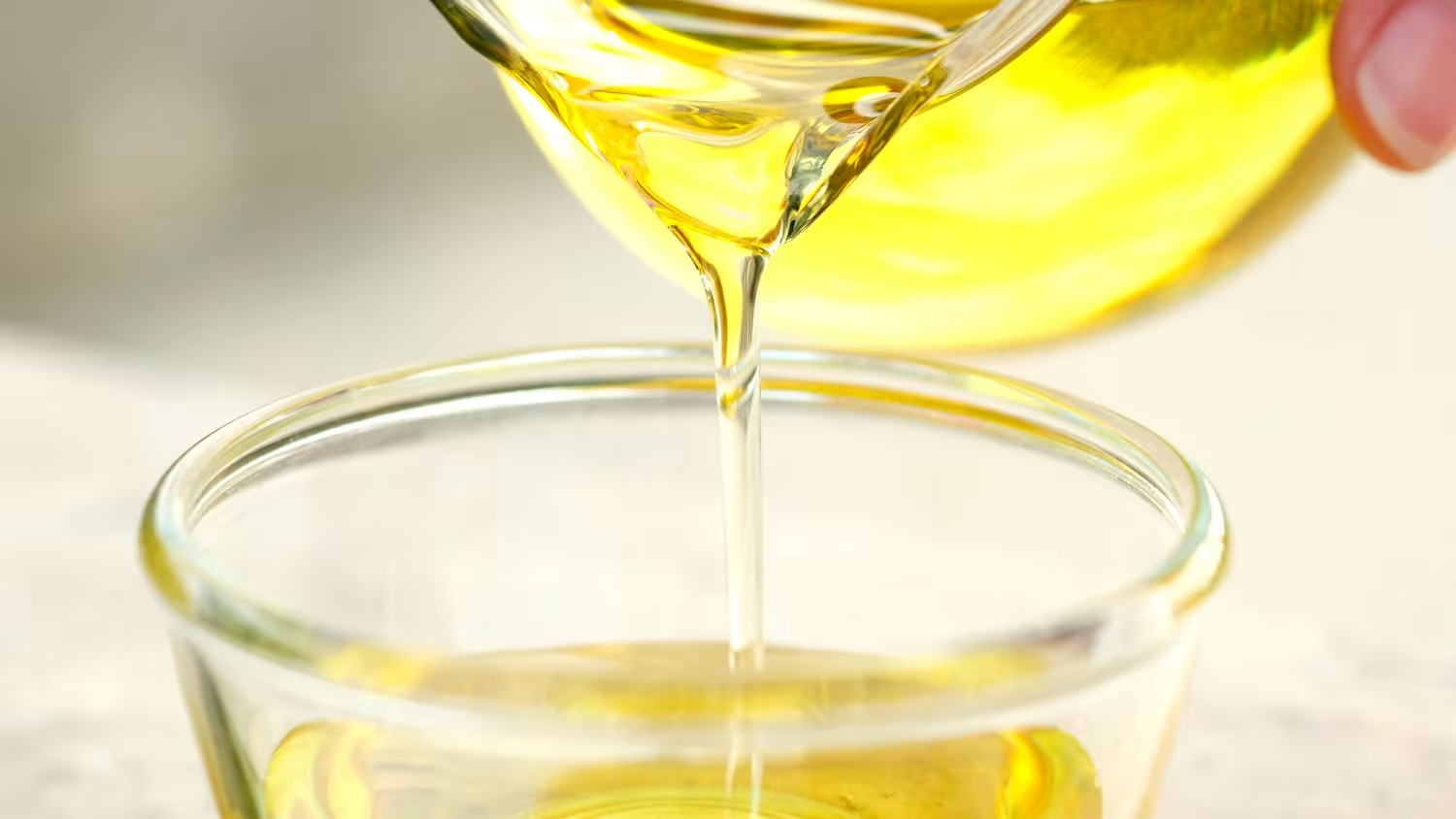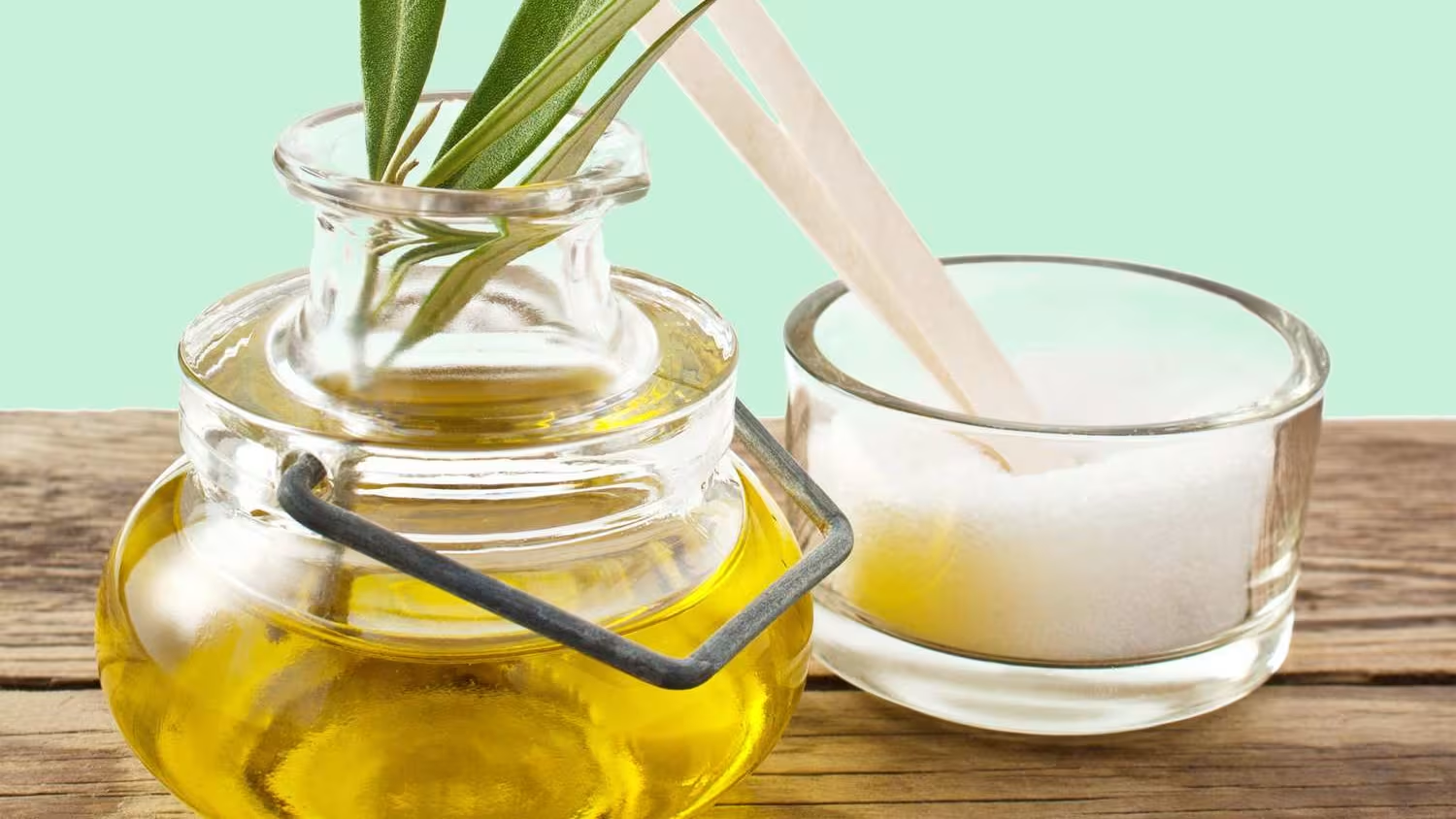
Revitalize Your Skin with This Easy DIY White Oil Recipe
Written by Jessica Lopez
Published at 24-01-2024
Edited on 04/14/2025 | 01:58 PM
Snack RecipesCourse: Condiment
Cuisine: American
Difficulty: Easy
Servings
4 servings
Prep Time
10 minutes
Cooking Time
15 minutes
Total Time
25 minutes
Fat
14g
Protein
0g
Carbs
0g
Calories
126 kcal
Are you looking for a natural solution to keep your skin hydrated and glowing? Look no further! Today, we're diving into the wonderful world of white oil. This versatile oil has been cherished for generations for its incredible moisturizing properties and skin-nourishing benefits. Perfect for all skin types, white oil is not only easy to make at home but also free from harmful chemicals that can irritate your skin.
Whether you're battling dry patches, looking to soothe irritation, or simply wanting to enhance your skin's natural luster, this white oil recipe is your go-to solution. In just a few simple steps, you can whip up your very own white oil, tailored to your preferences and needs. Imagine the satisfaction of applying a product made with love and care, knowing exactly what goes into it.
Plus, this DIY approach allows you to customize your oil by adding essential oils for fragrance or extra benefits. So, why wait? Embrace the simplicity of homemade skincare and treat your skin to the nourishment it deserves. This white oil recipe is not just a trend; it’s a timeless beauty secret that will leave your skin feeling soft, supple, and rejuvenated.
Get ready to glow with confidence as we guide you through this easy and effective recipe. Let’s get started on your journey to radiant skin with our delightful white oil recipe!.


